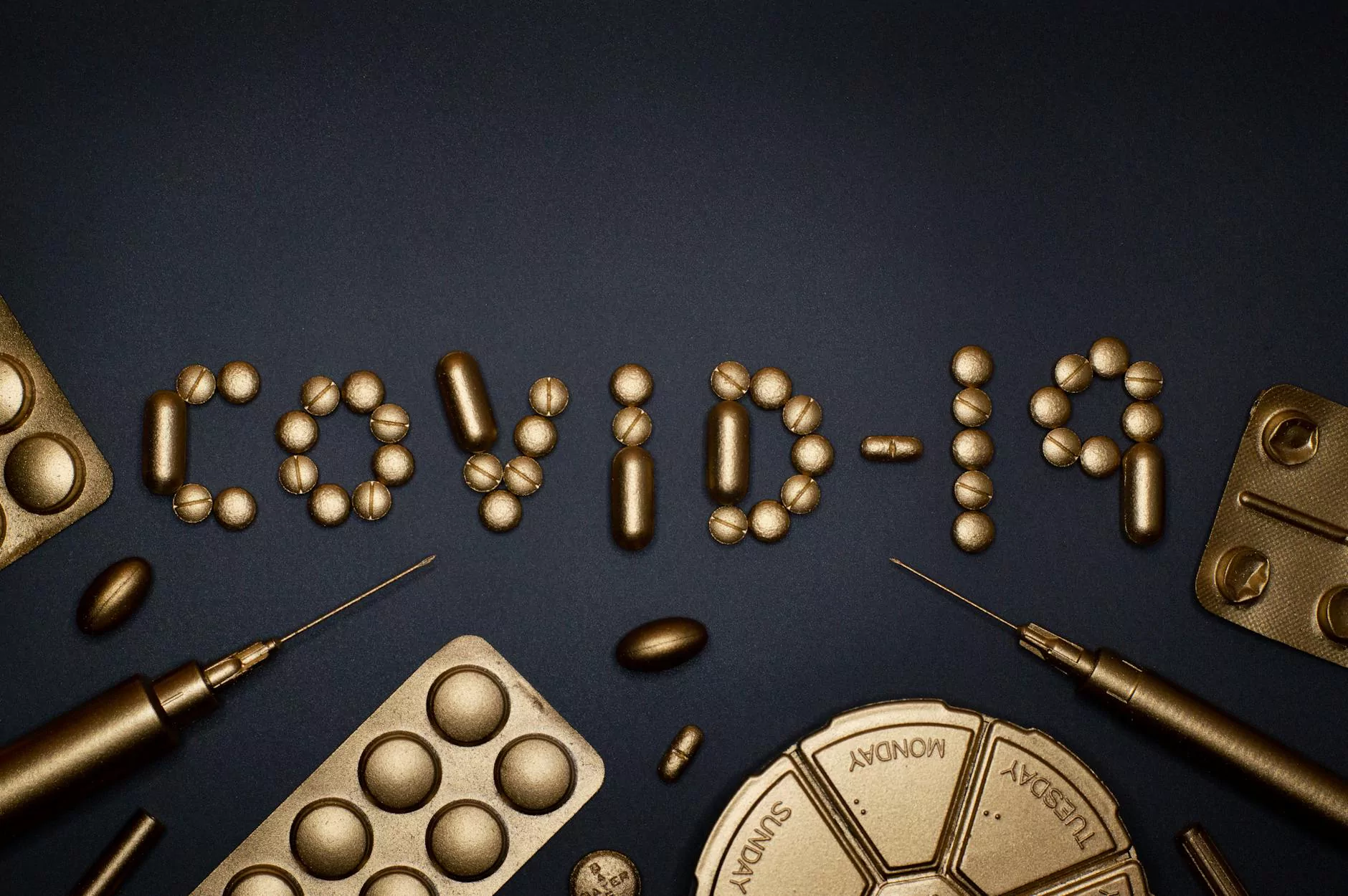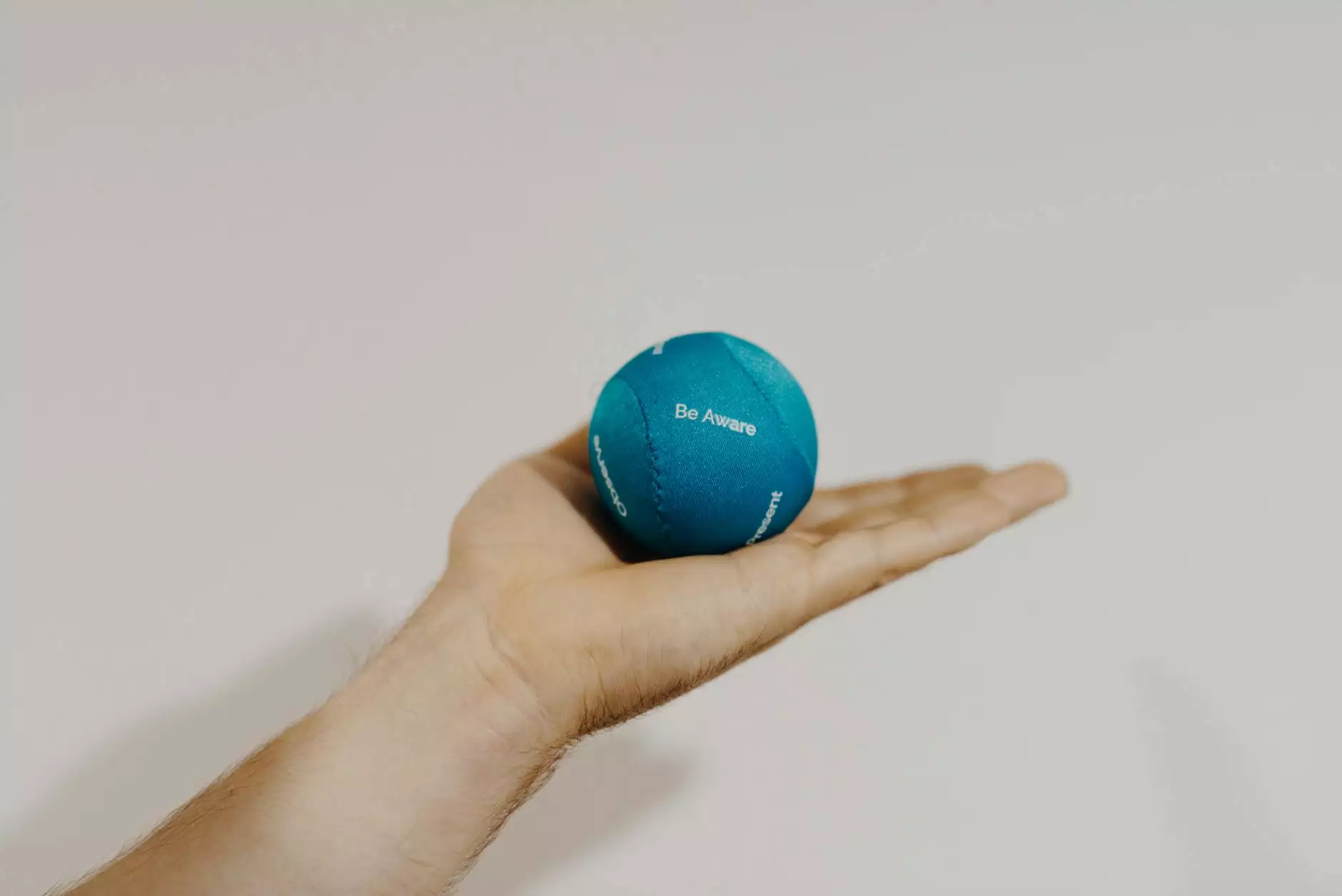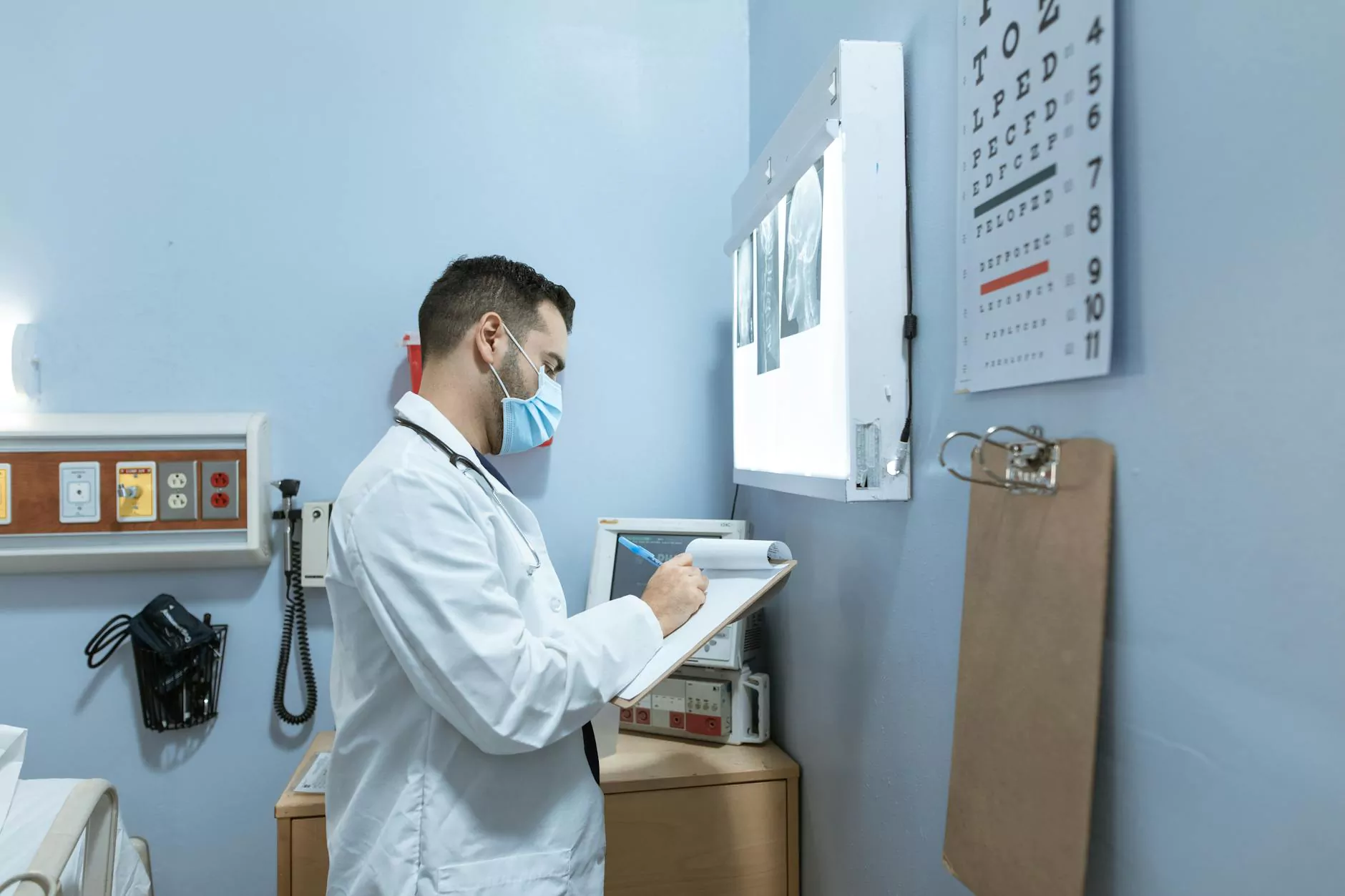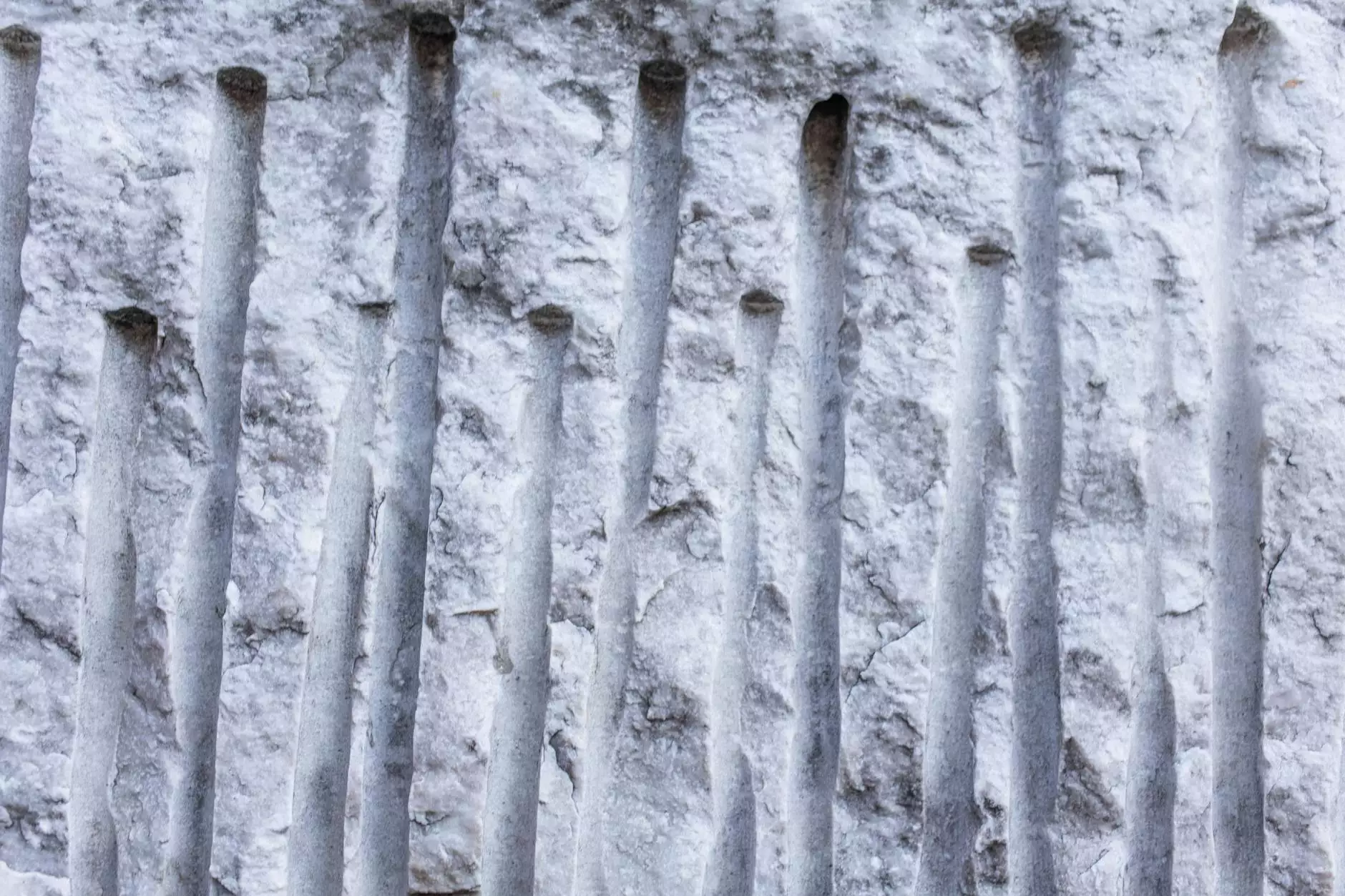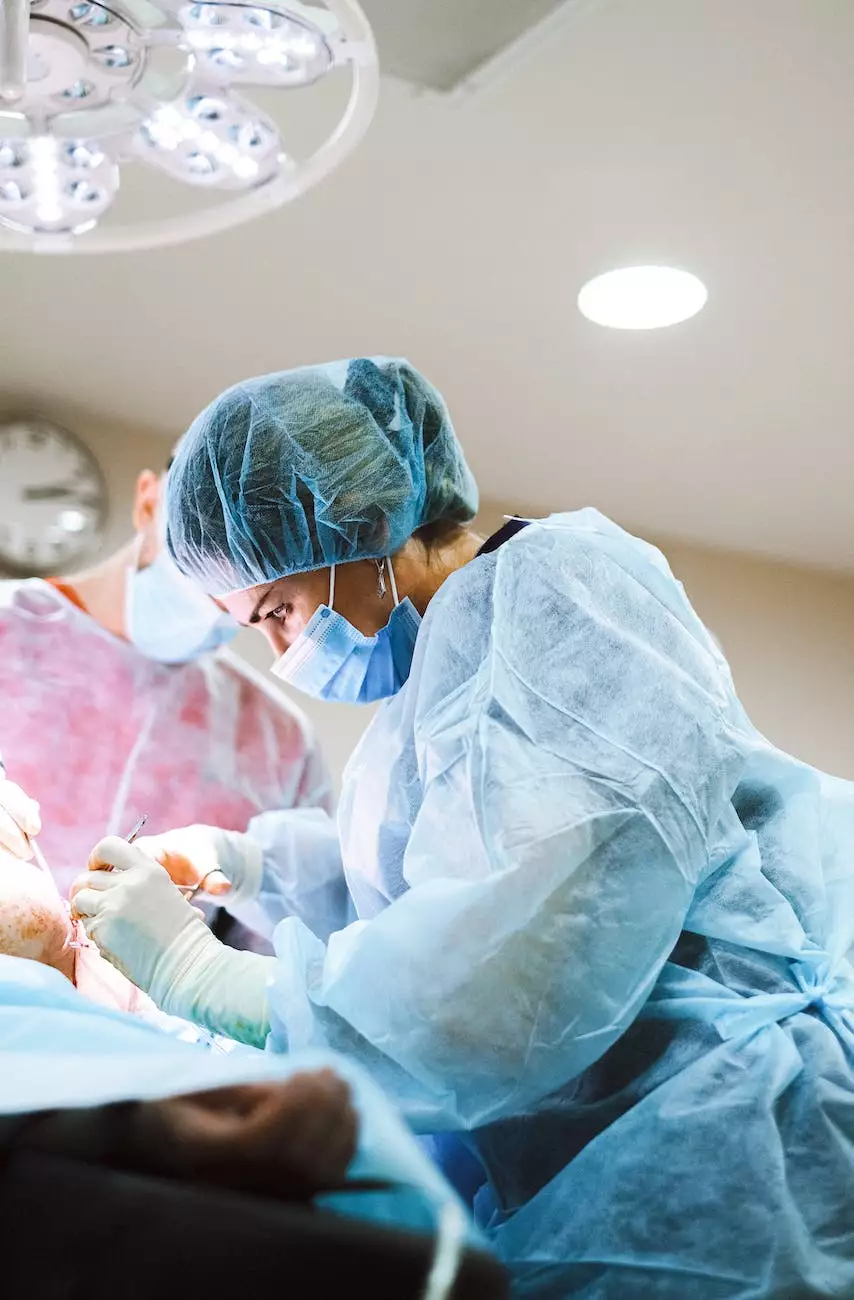Perthes Disease Symptoms and Treatment

What is Perthes Disease?
Perthes Disease, also known as Legg-Calvé-Perthes Disease, is a rare childhood condition that affects the hip joint. It occurs when blood flow to the femoral head, the rounded top of the femur bone, is temporarily disrupted. Without a sufficient blood supply, the bone may weaken and become deformed, leading to various symptoms and mobility issues.
Symptoms of Perthes Disease
The symptoms of Perthes Disease can vary from one individual to another. It primarily affects children between the ages of 4 and 10, and it typically occurs in boys more often than girls. Some common symptoms include:
- Pain or stiffness in the hip: Children with Perthes Disease may experience hip discomfort, especially during physical activity or after periods of rest.
- Limping or favoring one leg: As the condition progresses, children may develop a noticeable limp or prefer to use one leg over the other.
- Restricted range of motion: The hip may have limited mobility, making it difficult for the child to perform certain movements or activities.
- Muscle atrophy in the thigh: The affected leg may show signs of muscle wasting or thinning due to reduced use and impaired blood flow.
- Shortening of the leg: In severe cases, the affected leg may appear shorter than the other leg, which can lead to an abnormal gait pattern.
Treatment Options
Early diagnosis and appropriate treatment are crucial for managing Perthes Disease effectively. The treatment plan may vary depending on the child's age, the stage of the disease, and the severity of symptoms. The primary goals of treatment are to reduce pain, maintain hip joint function, and prevent long-term complications. Common treatment options include:
- Non-surgical approaches: In the early stages of the disease, non-surgical methods are usually recommended. This may involve limiting activities, using crutches or braces to relieve pressure on the hip joint, and undergoing physical therapy to improve range of motion and strengthen the surrounding muscles.
- Surgical interventions: If non-surgical techniques fail to alleviate symptoms or in cases of severe deformity, surgery may be necessary. Surgical options include joint realignment, hip arthroscopy, or hip replacement, depending on the specific needs of the patient.
- Follow-up care and rehabilitation: After treatment, regular monitoring and follow-up visits will be necessary to assess progress, manage potential complications, and guide rehabilitation efforts. Physical therapy and exercises will also play a role in restoring full mobility and strength to the affected hip joint.
Preventing Perthes Disease
Since the exact cause of Perthes Disease is still unknown, there are currently no foolproof methods to prevent its occurrence. However, there are certain factors that might reduce the risk or help detect the condition early:
- Healthy lifestyle habits: Encouraging children to engage in regular physical activity, maintain a healthy weight, and eat a balanced diet can contribute to overall musculoskeletal health.
- Regular check-ups: Routine check-ups with a healthcare professional can facilitate early detection and prompt treatment of any potential orthopedic issues.
- Awareness: Educating parents, caregivers, and healthcare providers about the signs, symptoms, and risk factors associated with Perthes Disease can lead to earlier intervention.
Conclusion
Perthes Disease is a challenging condition that can impact a child's physical wellbeing and quality of life. Understanding the symptoms and treatment options is essential for early intervention and effective management. Foley James D MD, an expert in orthopedic care, specializes in the diagnosis and treatment of Perthes Disease, leveraging their years of experience and dedication to providing the highest quality care for their patients.


